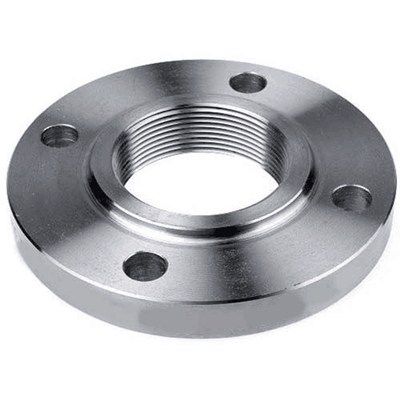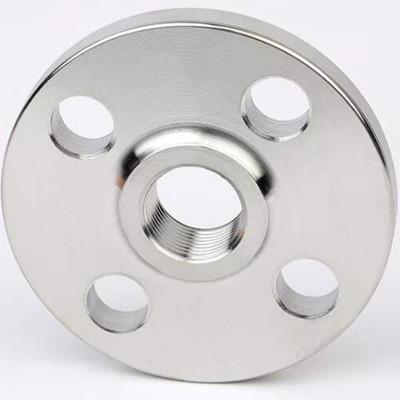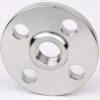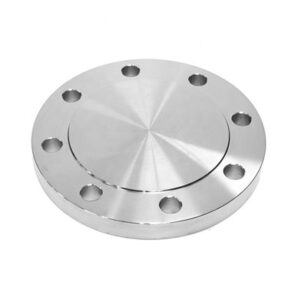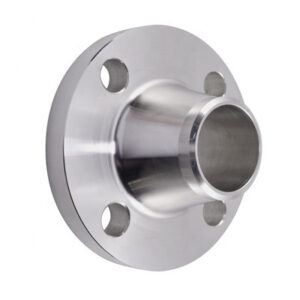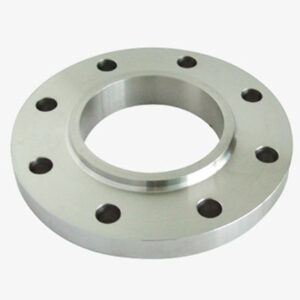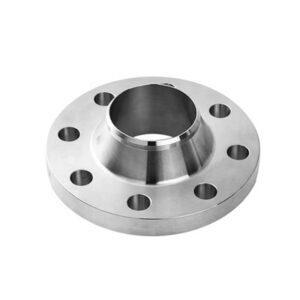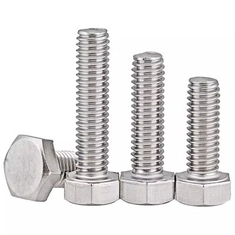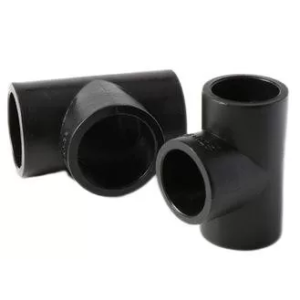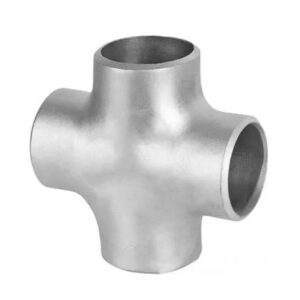Description
Threaded flange refers to a kind of flange connected with the pipeline by threads.
Threaded flanges are often used for the installation of various pipelines, especially large and long-distance metal transmission pipelines.
The advantage of using flange at the pipe connection instead of directly connecting the pipe is that the flange connection is safer and more reliable, and the interface is stronger.
Technical data sheet
| Nominal diameter | size(mm) | ||||
| diameter D | D1 | Bolt hole diameter | D2 | f | |
| 10 | 90 | 60 | 14 | 41 | 2 |
| 15 | 95 | 65 | 14 | 46 | 2 |
| 20 | 105 | 75 | 16 | 56 | 2 |
| 25 | 115 | 85 | 16 | 65 | 3 |
| 32 | 140 | 100 | 18 | 76 | 3 |
| 40 | 150 | 110 | 18 | 84 | 3 |
| 50 | 165 | 125 | 20 | 99 | 3 |
| 65 | 185 | 145 | 20 | 118 | 3 |
| 80 | 200 | 160 | 22 | 132 | 3 |
Characteristic
Threaded flanges connect a pair of flange plates to the pipe ports to be connected, and then connect the two pipes with flanges.
The interface is usually very fragile, and the use of flanges can maintain high sealing and durability.
The advantage is that welding is not required, and the additional torque generated to the cylinder or pipe when the flange is deformed is very small.
Application
Threaded flanges are suitable for petroleum, chemical, textile, electric power, shipbuilding, metallurgy, food, pharmaceutical, construction and other industries.

